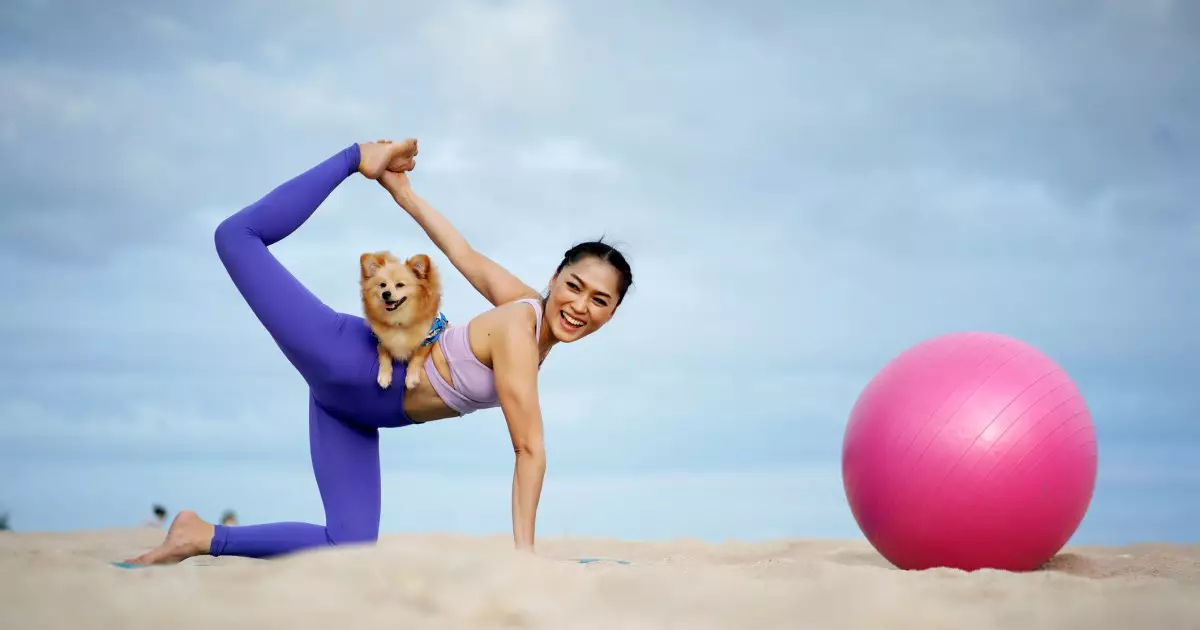Yoga has transcended generations, originating in India thousands of years ago. Although the exact timeline of its inception remains obscure due to its ancient roots, its significance in spiritual and physical practices has gained recognition globally. Traditionally esteemed practices have favored mindfulness and self-awareness, fundamentally linking body and spirit. However, as modern lifestyles continue to evolve, the ancient practice of yoga has adapted, giving birth to a variety of contemporary forms, some of which have raised eyebrows among purists.
Among the modern iterations of yoga, unique trends have surfaced that reflect societal interests, including animal companionship and leisure activities. Notable examples include goat yoga and various drinking-themed yoga sessions, which have sparked conversations about the direction of yoga as a practice. Although these adaptations prioritize fun and novelty, they challenge conventional notions of what yoga should embody. While it’s easy to dismiss these innovations as mere fads, they signify a broader cultural shift in how we engage with wellness and mindfulness.
One of the more endearing adaptations is “doga,” or dog yoga, which has gained traction among pet enthusiasts. In essence, doga integrates dogs into traditional yoga sessions, either incorporating pets that belong to participants or providing adoptable dogs for the experience. Despite the playful connotation, doga fundamentally represents a joyful communion between humans and their canine companions.
In practice, doga isn’t about dogs performing yoga alongside their owners. Rather, it’s about the human element employing their pets as emotional support, props, or elements of distraction. Observing dogs resting peacefully during a yoga session could enhance a practitioner’s experience, fostering a sense of serenity and mindfulness.
In the realm of doga, the focus shifts to the bond between the owner and their pet. As Mahny Djahanguiri, expert in the field, emphasizes, acclimating a dog to a yoga routine may take time, ranging from a few weeks to several months. Individual temperament and comfort levels play a crucial role in determining whether a dog will engage with the practice. Forcefully putting a dog into yoga poses goes against the core values of both yoga and responsible pet ownership, as it can lead to stress.
Ultimately, the true essence of doga lies in the shared experience of tranquility. The idea that mindfulness from the owner can translate into calmness for the pet encapsulates the yoga philosophy of union—not just between body and mind, but also between human and animal.
While not every yoga enthusiast may find value in unconventional practices like doga, the overarching theme of connecting with oneself and others remains constant. Modern adaptations can offer unique and fulfilling experiences, inviting practitioners to find joy in their exercise routines. The journey of yoga continues to evolve, providing opportunities for exploration and growth in ways previously unimagined. Whether traditional or contemporary, the enduring goal remains: attaining peace and understanding through mindful practice. As the community engages with these variants, they serve as reminders of yoga’s adaptability and the inherent need for companionship, even in our pursuit of personal wellness.

